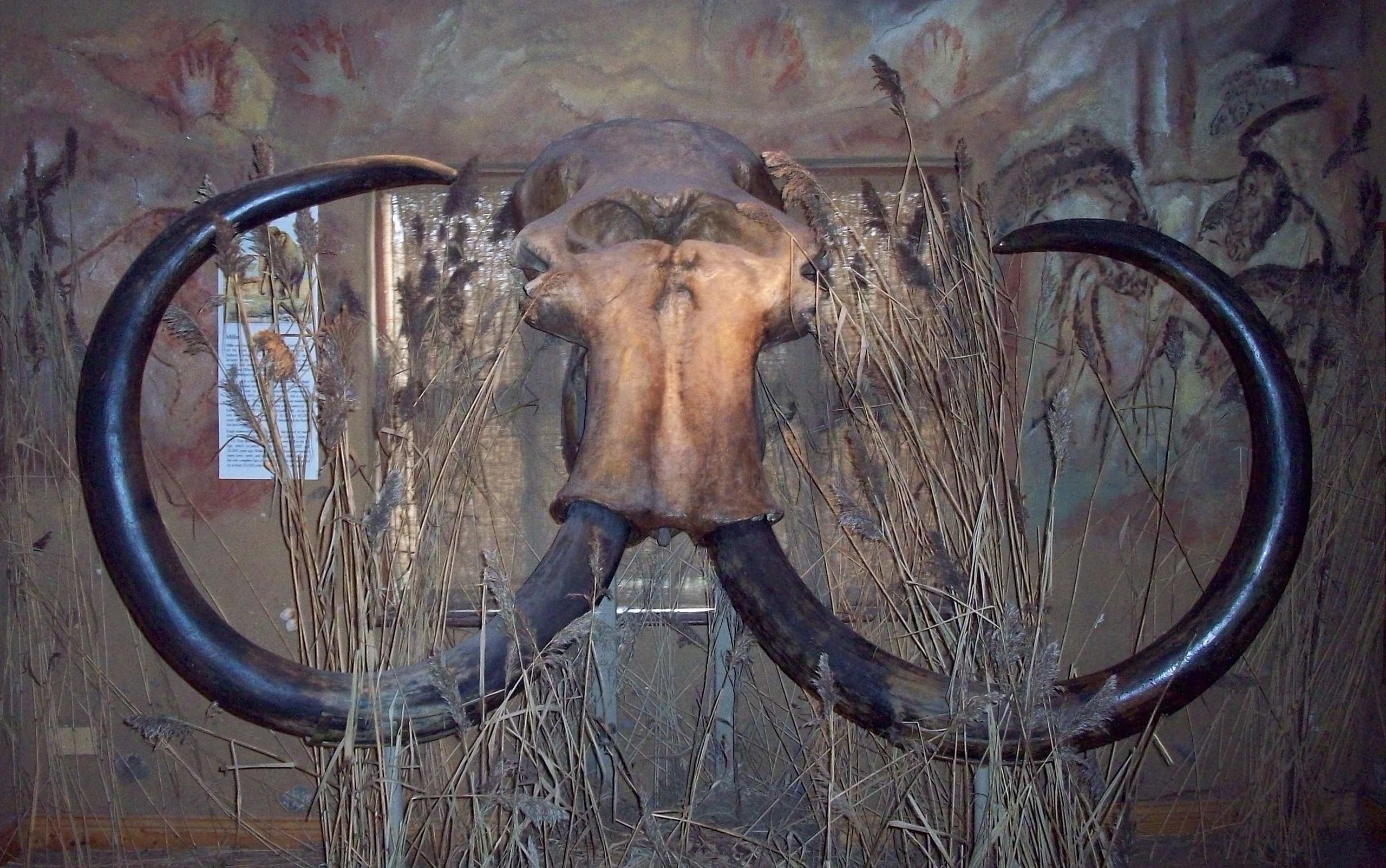A few days ago on The Review Facebook page (look back to December 1st) the question was posed – what person in history would you like to see written about? Naturally enough, most replies focused on historical individuals who had lived interesting lives but had never really had the attention in fact or fiction that the various contributors felt was appropriate.
Now, I kept quiet in this discussion, because my mind had immediately run away down an entirely different avenue, and it didn’t seem the right place to ramble on about that. But here in the blog is a different matter!

Doggerland is the name we give to the stretch of land which once joined the eastern counties of England to parts of Europe. Nowadays the North Sea covers that whole span, but every so often ancient relics are retrieved, mostly by accident in fishing nets (the first such being a barbed antler tool back in 1931). The name Doggerland comes from the Dogger Bank, which is a large region of sandbanks and shoals in the North Sea, in places no more than 50′ deep.
So nowadays the sea divides Norfolk and the Netherlands, Lincolnshire and Denmark. And with climate change and slowly rising sea levels, this is unlikely to change. But let’s roll back some ten thousand years, and see the changing picture.

When the land warmed after the last ice age, Britain and Europe were united by a broad low-lying tract of land (this was c. 11000BC). This land was never rugged or mountainous – imagine something like present day East Anglia, Holland, or Denmark, and you have the picture. Two arms of seawater divided this from Scandinavia to the north-east, and Scotland and Northumberland to the north-west. Several rivers – including the Thames, the Seine, the Rhine – flowed into this broad plain, and thence into the Atlantic via what was to become the English Channel.
The land was good for hunting and trapping animals, the margins had fish and shellfish, and when early farmers arrived they found the soil to be fertile. It was, I suspect, a pleasant and welcoming place to be, with a climate becoming gradually milder as, decade by decade, the Ice Age retreated. The sea level rose as the ice melted. In some places, the land sank down as the sheer weight of the glaciers further north was released – this is still happening in the Scilly Isles which, very very slowly, are being submerged. Both factors spelled the end for Doggerland.

By now this huge expanse of territory has completely disappeared. This did not happen overnight – best estimates are that it was all gone a little before 6000BC, so it took around five thousand years to dwindle. The occupants, whether living a hunter-gatherer or settled lifestyle, had many generations to adjust to the change. I suppose they had oral traditions which spoke of how this island used to be attached to the land, or that forest used to extend several days’ journey further north. But within that long span of steady reduction, most likely there were also sudden calamities. A storm surge one winter might have taken away miles of coastline. An autumn flood might have demolished a natural barrier to the water, exposing the lower fields beyond. A series of unusually high tides might turn fresh water meadows to salt marsh. A landslide in Norway, resulting in a tsunami, probably did much to finish the process. All of these things have been seen in the low-lying lands which still border the North Sea.
Extensive study has revealed a lot about this drowned land – see this BBC article for a summary of investigations by several Scottish universities. Or this article in the Telegraph newspaper for an account of work to map the surface features which still remain.
So the story I want to tell, one day, is the story of the last person to leave Doggerland. Or, more widely, the last community to abandon its shrinking and increasingly boggy surface. What was it like to leave the places, practical and sacred, which their people had moved through for so long? How were they received by those groups already living in the regions around? Did they look back with relief or regret?
Perhaps one day, when I want to switch back from science fiction to ancient history, it’s a story that I will tell.

Dear Richard: I just came across your post “THE LAST PERSON TO LEAVE DOGGERLAND” — that you would like to write about the last person to leave Doggerland. It seems we are both intrigued by Doggerland. On August 15, I am publishing my novel about the last persons to CROSS Doggerland as it was sinking. If you are still interested in the subject, my email is below and the website is https://TheFinalDaysOfDoggerland.com – Cheers! Mike M
Mike, thanks for letting me know. I’m still interested in the subject but haven’t yet tackled it in writing. Your own approach sounds great and I’ll look out for it after August 15th
Richard